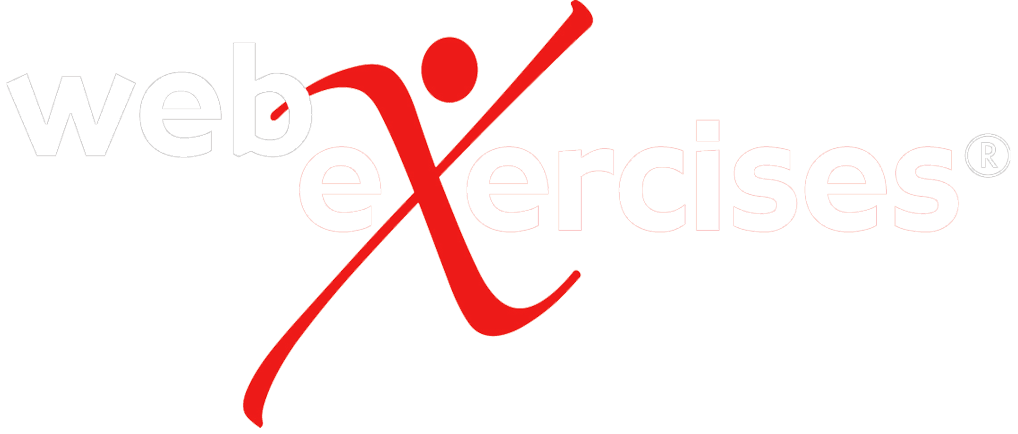
With Movement and Mini Breaks to Improved Health and Work Productivity.
Studies have shown that taking short breaks every 60 – 90 minutes at work can boost creativity and productivity. While scanning through social media or non-work-related websites might sound like an ideal break, attempt to get up and move! At minimum, try stretching at your desk to prevent tight muscles or other conditions linked to physical inactivity.
It has long been established that prolonged sitting has deleterious effects on your health. One of the first reports of such was the 1958 British study which investigated coronary heart disease and its relation to physical activity in the work environment. The findings were based on London’s double decker bus drivers who were more likely to die than the bus conductors who went up and down the stairs regularly throughout the day. This disparity was also seen with government clerks who suffered heart attacks more than postmen who spent the day walking.
Since then there have been numerous study’s demonstrating prolonged sitting time’s negative impact on cardiovascular and musculoskeletal health. In the 2010 study “Television viewing time and mortality” researchers discovered that each hour of TV time was found to be associated with an 18% increased risk of cardiovascular disease mortality.
The “Active Couch Potato” phenomenon was first described by Australian researchers who examined the relationship between TV time and active men and women who reported at least 150 minutes of moderate to vigorous exercise a week. Their findings indicated that poor health consequences of prolonged sitting time are not offset by the protective effects of regular moderate exercise.
Musculoskeletal neck and shoulder pain are also common with a prevalence rate as high as 60% in individuals who use computers extensively. This translates to an estimated 10%-20% decreased perceived productivity. Therefore, reducing physical discomfort in workers may result in increased productivity and less lost time from work.
In order to combat the effects of prolonged sitting and improve our overall health, it is recommended we exercise for 150 minutes per week at a moderately intense activity such as brisk walking. With regards to neck and shoulder associated pain Galinsky, Swanson et al showed that frequent 5-minute breaks every hour was more effective at decreasing pain compared to two 15 minute breaks twice per day.
The short video below can be performed every hour to offset the effects of prolonged sitting and associated neck and shoulder pain.
References:
- Pronk, N. 2010. The Problem With Too Much Sitting A Workplace Conundrum . ACSM Health and Fitness Journal. Vol 15(1).
- Morris, J., Crawford, M. 1958. Coronary Heart Disease and Physical Activity or Work. BMJ.
- Owen, N., et al. 2010. Too Much Sitting: The Population-Health Science of Sedentary Behavior. Exerc Sport Sci Rev. 38(3): 105–113.
- Davis, K., Kotowski, S. 2014. Postural Variability: An Effective Way to Reduce Musculoskeletal Discomfort in Office Work. Human Factors: The Journal of the Human Factors and Ergonomics. Vol. 56(7).
- Physical Activity Guidelines for Americans, 2nd Edition. 2018. U.S Department of Health and Human Services.
Our Story:
WebExercises was created by clinicians who wanted to find a better way to help patients succeed with their exercise rehabilitation programs. As clinicians we are limited with time therefore WebExercises was developed to efficiently design exercise programs. We offer an engaging patient experience that can be monitored virtually by the clinician keeping your patients motivated outside of your office. Since 2005 we have delivered over 20 million exercises saving clinicians time and improving patient adherence. To find out more how WebExercises can improve your practice call us 866-411-4825 or visit webexercises.com/join

